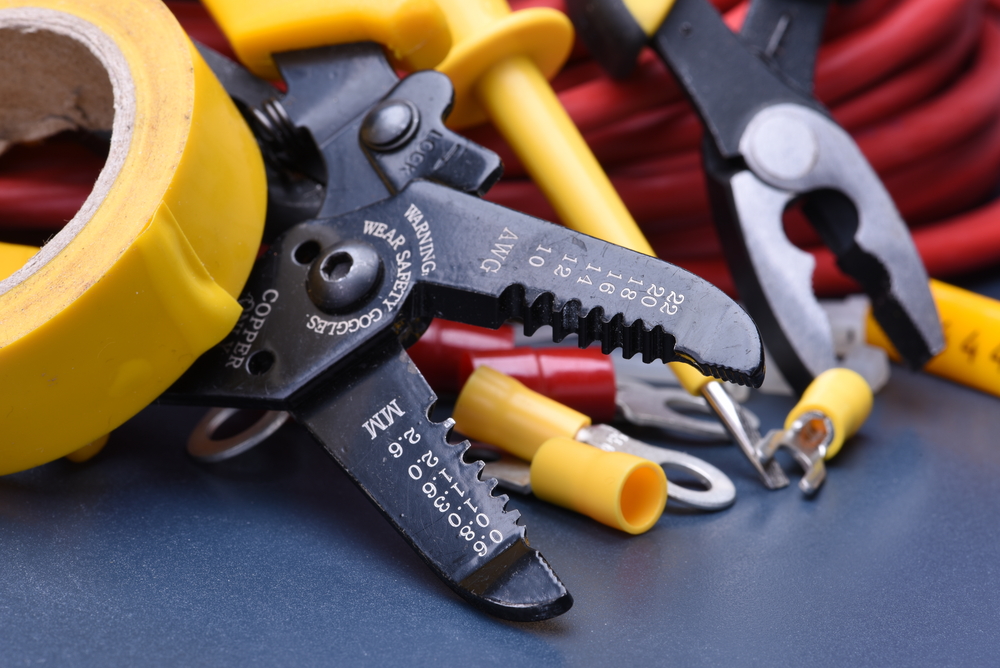
Crimping Versus Swaging; What’s the Difference?
When it comes to attaching fittings to the ends of wire ropes or cables, two common methods that are often used are crimping and swaging. Both techniques are essential in industries such as construction, mining, marine, and transportation where strong and reliable connections are necessary. In this blog, we will explore the differences between crimping and swaging, and when each method is most suitable for use.
Crimping vs. Swaging: What’s the Difference?
Crimping and swaging are both processes used to attach fittings to wire ropes or cables, but they differ in how they achieve this connection. Crimping involves deforming a metal sleeve around the end of the wire using a crimping tool or machine. This compression creates a secure bond between the fitting and the wire, making it ideal for applications where a flexible connection is needed.
On the other hand, swaging involves using a hydraulic swager to compress the fitting onto the wire. This process creates a permanent mechanical bond that is stronger and more durable than a crimped connection. Swaging is typically used in applications where high strength and resistance to fatigue are required, such as in heavy lifting operations or suspension bridge construction.
When to Use Crimping:
Crimping is a simple and cost-effective method for attaching fittings to wire ropes or cables in light to medium-duty applications. It is often used in DIY projects, automotive repairs, and small-scale constructions where flexibility and ease of use are more important than sheer strength. Crimped connections are also easier to inspect visually, making them suitable for applications where regular maintenance is required.
One of the major advantages of crimping is its ease of use – all you need is a crimping tool and the appropriate ferrules or sleeves to create a secure connection. Crimping also does not require any heat or special equipment, making it a popular choice for quick and easy installations. Additionally, crimped connections are easily reversible, allowing for repairs or adjustments to be made without the need for specialized tools.
When to Use Swaging:
Swaging is the preferred method for applications that require high strength, durability, and resistance to fatigue. Hydraulic swagers are used to compress the fitting onto the wire with extreme force, creating a permanent and reliable connection that can withstand heavy loads and harsh conditions. Swaged connections are also less prone to corrosion and wear, making them ideal for long-term use in demanding environments.
One of the main advantages of swaging is its ability to create stronger and more durable connections than crimping. Swaged connections have a higher breaking strength and better resistance to bending and fatigue, making them essential in critical applications such as suspension bridges, offshore platforms, and heavy machinery. Swaging is also more precise and consistent than crimping, ensuring that each connection meets strict quality standards.
Choosing the Right Method:
When deciding between crimping and swaging, it is important to consider the specific requirements of your application. If flexibility, ease of use, and cost-effectiveness are your main priorities, crimping may be the best option for you. On the other hand, if strength, durability, and resistance to fatigue are paramount, swaging is the way to go.
Summary
Both crimping and swaging are valuable techniques for attaching fittings to wire ropes or cables, each offering unique benefits and applications. Whether you choose to crimp or swage depends on your specific needs and the level of strength and durability required for your project. With the right method and equipment, you can ensure a secure and reliable connection that meets the demands of your application.
Need Hose & Fittings Specialists in San Jose, CA?
Welcome Royal Brass Incorporated! We are your 3rd generation, family-owned, local hose supplier! Our family has dedicated our services to supplying northern California with all types of hoses, fittings, flanges, regulators, valves, adapters, and gauges. We pride ourselves on having the most extensive inventory in northern California. Our inventory ensures that we can fix most products on site, the same day. Here at Royal Brass Incorporated, we only hire qualified individuals who are trained in factory sales. Our fully stocked warehouses ensure that we can fill your hydraulic and pneumatic hose, tubing, and fitting needs on time, every time. High-quality customer service is our goal and has been since 1952. Contact us today!
Categorised in: Crimping Tools





